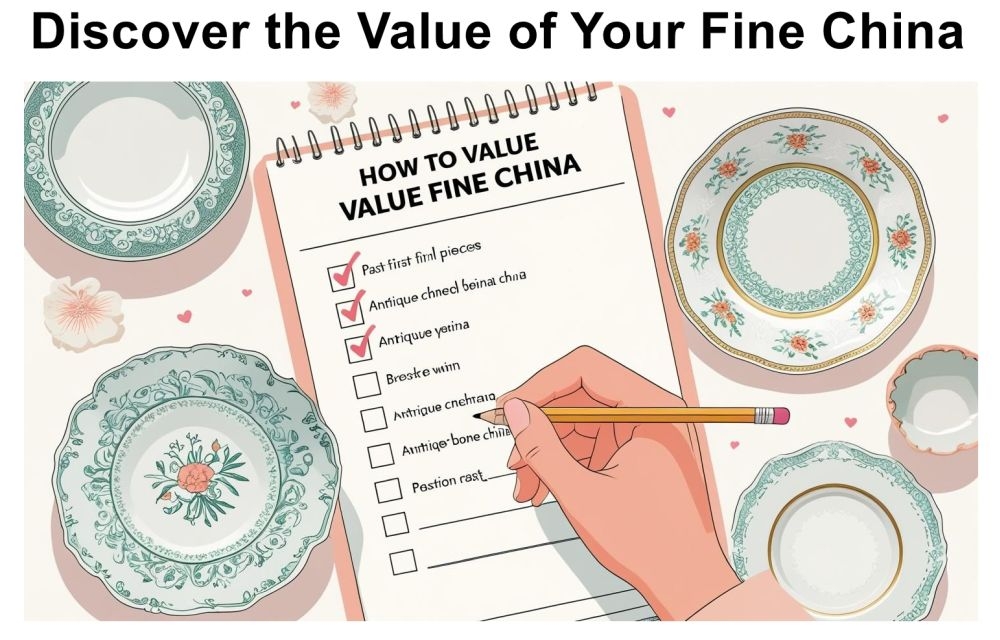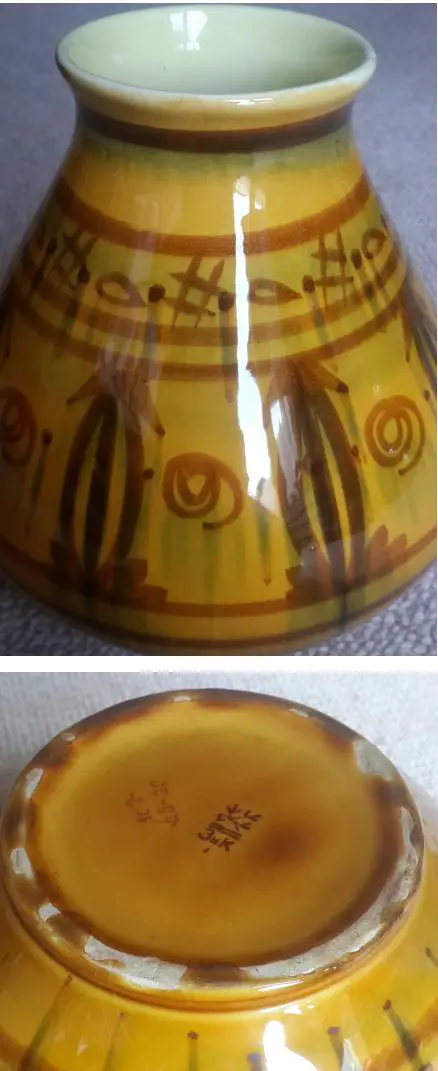Green Branches and Leaves Pottery Mark with 2 wavy lines 3NK and also CCCP 45-00 in (red)
by sandra
(Harrow, UK)

Green Branches and Leaves Pottery Mark with 2 wavy lines 3NK and also CCCP 45-00 in (red)

Green Branches and Leaves Pottery Mark with 2 wavy lines 3NK and also CCCP 45-00 in (red)
Green Branches and Leaves Pottery Mark with 2 wavy lines 3NK and also CCCP 45-00 in (red):- I found this in a thrift shop, it a llama with a cub on her back.
Sandra
======================================
Please contribute to this thread by writing in the comments section below – just scroll down...
HOW I MADE MONEY FROM BITS & BOBS OF OLD CHINA

.....more
|
Inherited a china set?... Download my free 7-point checklist to instantly assess its potential value.







